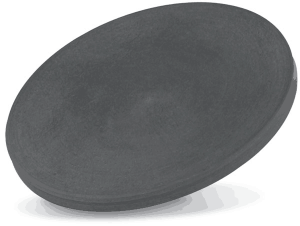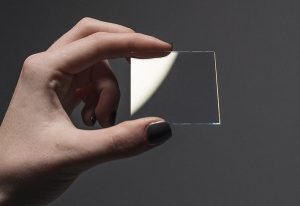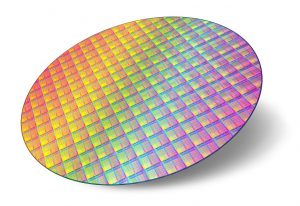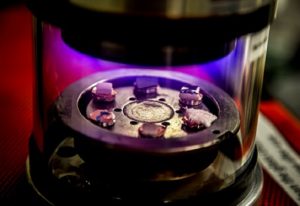Copper sulfide is an inorganic compound with a chemical formula of CuS. It is dark brown and extremely insoluble. It is one of the most insoluble substances (second only to silver sulfide, mercury sulphide, palladium sulfide and platinous sulfide).

Copper sulfide sputtering targets can be used in the semiconductor industry for the fabrication of thin film deposition from different materials for processing of integrated circuits, fabrication of architectural window glass used for energy conversation, data storage, hybrid or microelectronics, photonics and fabrication of CDS as well as DVDs. Copper sulfide sputtering targets have different and new-fangled dimensions and product geometries.
Continue reading “What is Copper Sulfide Sputtering target?”



 First, let’s take a look at the definition of these two words. The vacuum evaporation is carried out by means of resistance heating, electron beam or laser bombardment in an environment with a vacuum of not less than 10-2 Pa, and the
First, let’s take a look at the definition of these two words. The vacuum evaporation is carried out by means of resistance heating, electron beam or laser bombardment in an environment with a vacuum of not less than 10-2 Pa, and the